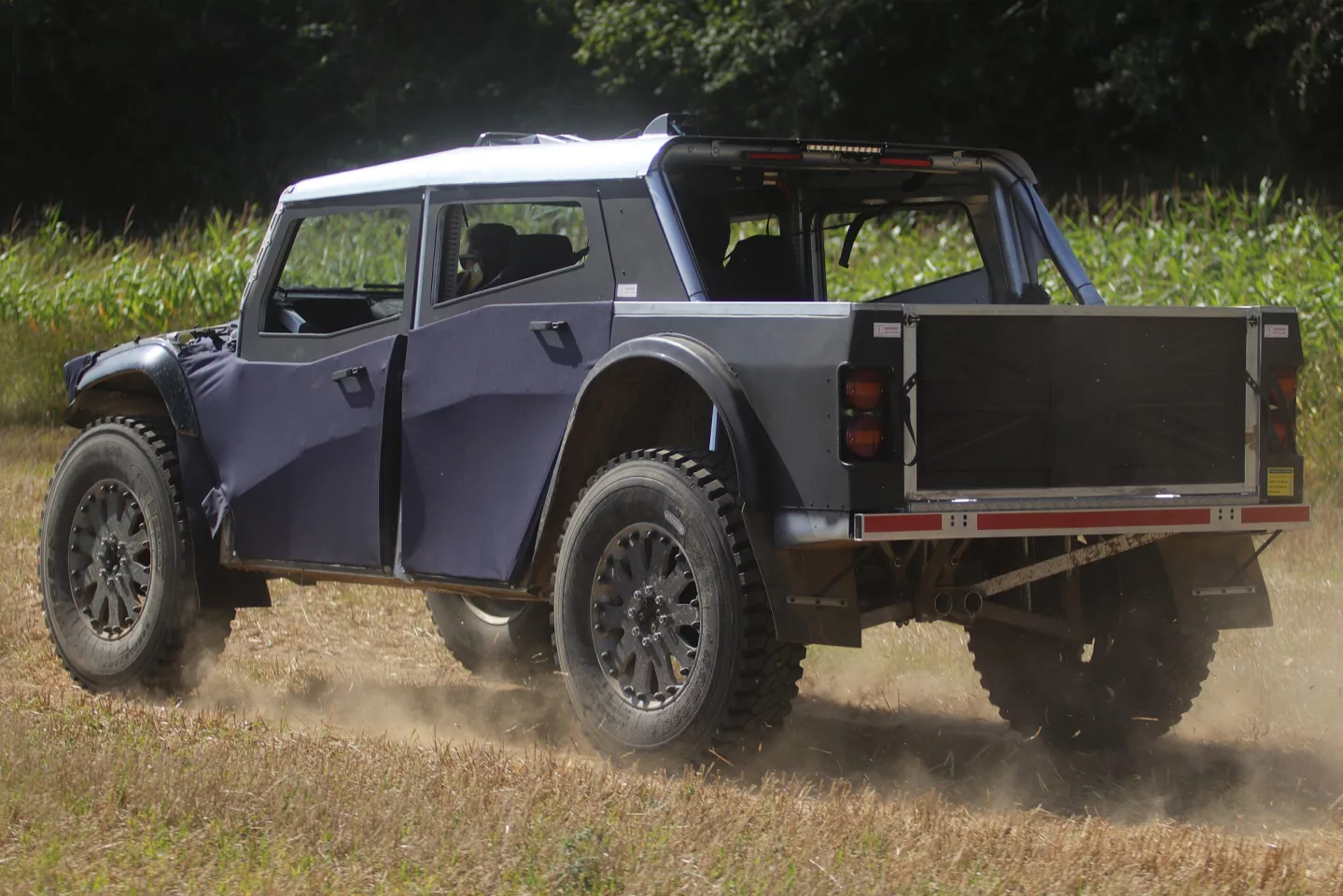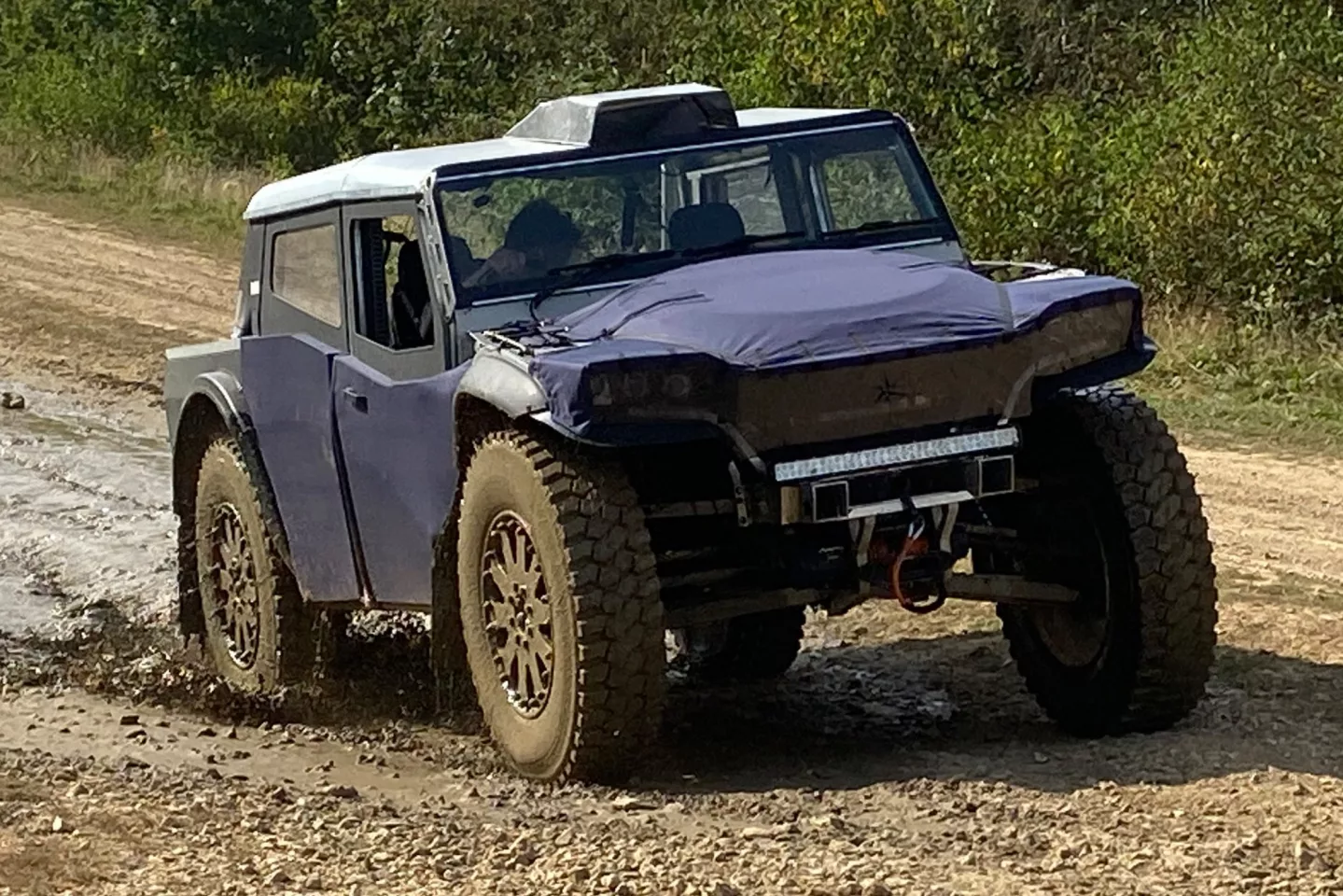UK startup Fering is gearing up to build electric vehicles for cross-continental explorers. It's starting out with the Pioneer, a go-anywhere brick outhouse of a thing designed for monster range figures under the most extreme circumstances on Earth.
Cybertrucks may be all well and good for your average camping trip, but they're not designed for the kinds of extreme treatment the Pioneer wants to take on as a low-emissions alternative for explorers, adventurers and emergency services teams.
For starters, the lithium-ion batteries found in most EVs can't handle extreme temperatures, so instead Fering has gone with a lithium-titanate-oxide (LTO) battery pack. These have advantages and drawbacks; they're renowned for extremely long life cycles, they can charge quickly and they work from -40 to 60 °C (-40 °F to +160 °F), so they can handle just about anything shy of an Antarctic winter.
On the other hand, they don't store a whole lot of energy by weight; their specific energy ranges from 30-110 Wh/kg in comparison to the best lithium-ion cells, which are up around 260 Wh/kg. Thus, the Pioneer can only go about 80 km (50 miles) on pure, silent, zero-emissions battery power.

But this is designed for serious expeditions, so the Pioneer also carries a 70-kW (94-hp), 800cc, three-cylinder biodiesel combustion generator to keep the batteries topped up. Running constantly at its most efficient speed, the combustion engine is capable of delivering impressive fuel efficiency around 50 miles per gallon ( 5.6 L/100 km) with the batteries totally flat. With long-range tanks fitted, Fering estimates a whopping 7,000-km (4,350-mile) range between fuel stops.
There's no reason why it can't run other generator systems, either; Fering says that if biodiesel isn't available where you're headed, it's just as happy to put in a gasoline engine or hydrogen fuel cell.
The whole thing weighs around 1,500 kg (3,300 lb) – much lighter than your average 4WD – thanks to an aluminum/composite spaceframe deign and bodywork made from a tough, replaceable canvas. This canvas sure doesn't look real pretty in the prototype pictures, but Fering says is similar to the outer shell of a high-end hiking boot, and offers better insulation in the cabin than a regular metal skin.

Drive comes from a pair of electric motors at the front and rear axles, offering some 600 Nm (443 lb-ft) of torque. It's not designed for high speed, topping out at 125 km/h (78 mph), but its off-road credentials are exemplary, handling 60-percent gradient climbs, 50-degree side tilts, 50-cm (20-in) step climbs with its almost complete lack of overhang at the front wheels, and wading depths up to 1.4 m (4.6 ft). And it can carry its own weight in cargo.
Fering, founded by former McLaren Head of Advanced Concepts Ben Scott-Geddes, has got its first prototype up and running, and it's undergoing a series of tests both by Fering and by early customer organizations evaluating it for various use cases. The company says it's targeting the first half of 2022 for the start of serial production.
Source: Fering











